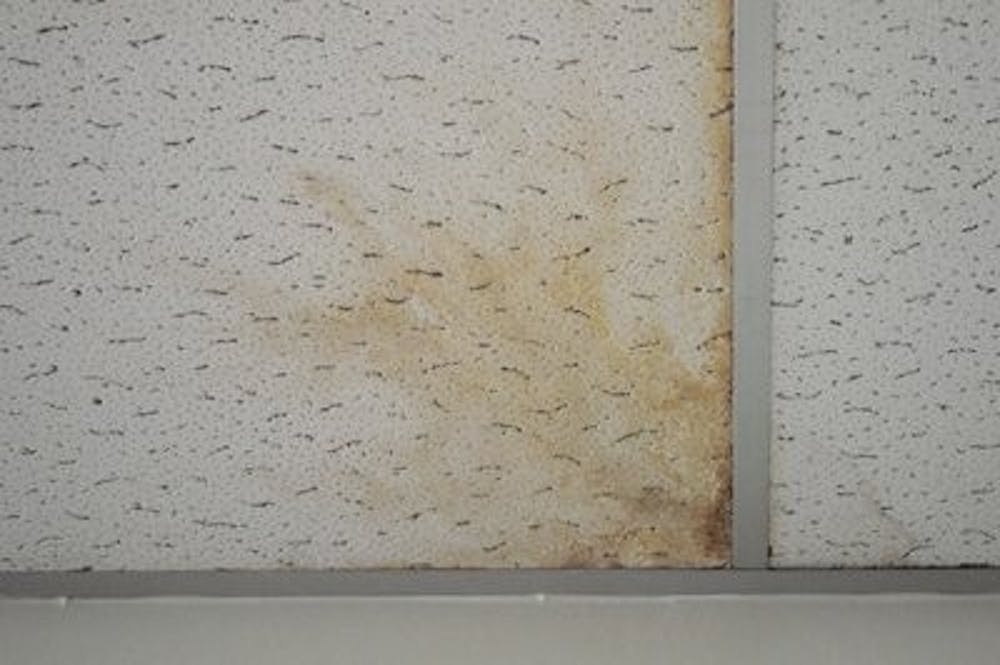Auburn University's most prevalent and least acknowledged enemy may be the mold that grows in our bathrooms.
According to Dr. Suzanne Graham-Hooker of the Auburn University Medical Clinic, the clinic regularly sees patients complaining of mold allergies.
"We've had students bring in Q-tips with black, dirty substances from their air conditioners, from their walls, from their bathrooms," she said.
Graham-Hooker said mold problems are common in both dorms and old apartments and can cause various complications for students with allergies.
"It causes students to miss class, and it causes them to have problems with sleep," Graham-Hooker said. "It becomes a disability. I have written disability paperwork for students concerning allergic problems. I have also had to write paperwork for them to leave apartments or living situations."
Mold allergies are treated with several different medications.
"The main three are a nasal steroid spray, an anti-inflammatory medication called Singulair, and an antihistamine, and an example of that could be something like Claritin or Zyrtec," Graham-Hooker said.
Carmen Eiland, senior in accounting, said she suffered a severe reaction from mold in her dorm last year.
"My freshman and sophomore year I lived in Dobbs Hall on the Hill, and never in my life have I gotten so sick," she said.
Eiland said she developed a staph infection, and later asthma, from the mold.
"I was in the Medical Clinic so much, the doctor knew me by name," Eiland said. "I can't even begin to tell you how much money I spent on doctor bills and prescriptions."
Shannon Hennessey, undeclared sophomore, said she also had a bad experience involving mold in her dorm room.
"Fall semester of last year, the air conditioner in our dorm room was leaking," Hennessey said. "It caused mold in our wood floor, and it also caused a raised bump to form in the middle of the room. The bump grew until it was about a foot and a half wide and a couple of inches off the floor."
Dustin Genton, Auburn alumnus and ex-resident assistant, said he received complaints about mold two or three times a year.
"Usually the nonbathroom mold was found in the windows or on the ceiling," Genton said. "I have seen several rooms over the years that had multiple moldy spots on the ceiling where it looked like water had come through."
According to Graham-Hooker, it is common for students to come in not knowing what is causing their symptoms.
"They usually don't know at first, but they come in multiple times, usually two, three, four episodes, and we ask them to try to identify the reason for their chronic allergy symptoms," she said.
Eiland said things have changed since she moved away from the mold.
"Since moving out of the dorms over a year and a half ago, I've been to the doctor twice. I'm so much healthier and not near as sick anymore," she said.
Do you like this story? The Plainsman doesn't accept money from tuition or student fees, and we don't charge a subscription fee. But you can donate to support The Plainsman.




